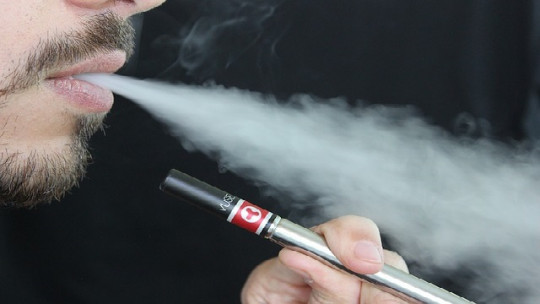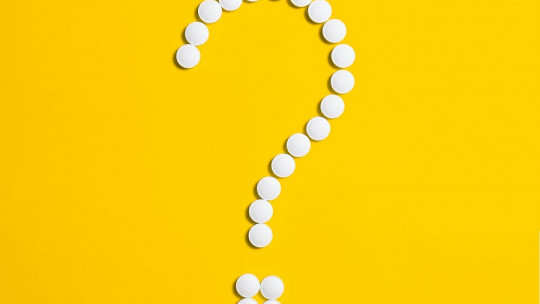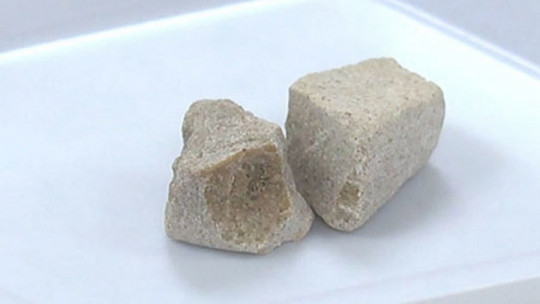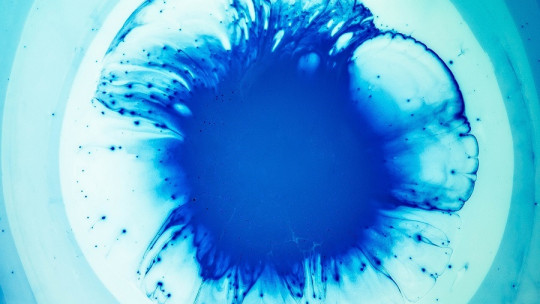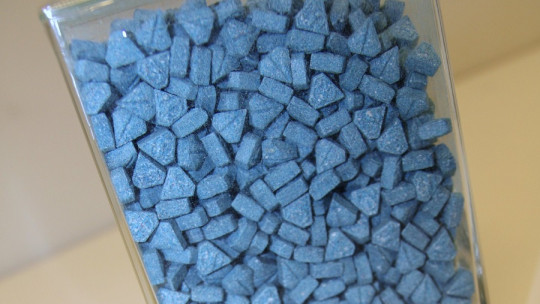The consumption of substances with psychoactive properties , specifically drugs of various types, is a very common phenomenon in today’s society. In the case of both legal and illegal substances, access to them is relatively easy despite the serious danger that many of them pose.
The consumption of these substances tends to cause different effects in the body, causing everything from inhibition and sedation to extreme excitement through hallucinations and other perceptual phenomena. Due to the effects they cause, and sometimes to other factors such as psychological reactivity to its prohibition or the fact that its consumption is socially accepted, many people begin to consume it more and more frequently.
Over time, the subject acquires tolerance to the substance in question, needing more and more amounts to achieve the same effects, and becoming dependent on the drug. Due to the high prevalence of substance use and dependence, It is essential to know the different types of drug addiction and the addictive process which are explained in this article.
What is a drug and what is dependence?
We consider a drug to be any substance that, when administered into the body, is capable of altering any of the functions of the subject. They generally cause pleasant sensations in those who consume them, and can cause permanent effects and damage to the nervous system and can produce tolerance or physical and/or psychological habituation to it and situations of dependence and abstinence upon cessation of consumption.
To consider that a drug generates dependence, it is necessary that the subject present at least tolerance to the substance, abstinence when cessation of its consumption, lack of control in its use, damage in vital areas due to consumption or the time dedicated to obtaining it and the continuation of the drug. consumption despite knowing its adverse effects. Dependence can cause abusive consumption that can cause poisoning, and in the absence of the substance it can lead to withdrawal syndromes. All of this can have serious effects both on the functioning and on the subject’s own health, and may lead to death.
1. Types of drug dependence according to the type of substance consumed
There are many types of drugs and psychoactive substances, most of them used as therapeutic tools in the medical field However, a part of the population uses some of these substances recreationally, despite the danger they may pose to health.
Although there are many possible classifications, it can be considered that addictive substances can be divided into three large groups based on the type of effects they have on the nervous system. Therefore, these three types of substances can create three types of drug addiction.
1. 1. Psycholeptics or depressants
These substances are characterized by producing a depression of the nervous system, that is, by causing a decrease in the level of activation at the brain level. Behaviorally, this translates into sensations of calm and physical and mental relaxation, slowing down, tranquility, and decreased level of consciousness. In this group we find alcohol, opium and its derivatives (codeine, heroin and morphine), tranquilizing drugs (mainly barbiturates and benzodiazepines) and volatile or inhaled substances, such as glue.
Dependence on this type of substance is characterized by the search for tranquility or relaxation of certain functions or it may even be due to social effects (alcohol facilitates disinhibition in some people by decreasing the functioning of the frontal lobe and inhibiting inhibition).
1. 2. Psychoanaleptics or excitants
These types of substances are characterized by producing an increase in the activation of the nervous system , producing changes in behavior such as greater excitability, motor activation, distractibility and increased level of consciousness. Within this typology of substances are cocaine, amphetamines, xanthines (among which we find substances such as coffee, tea and chocolate, although their effects are comparatively lower than the rest) and nicotine.
Subjects addicted to this type of substance seek an increase in activity and sensations, as well as an increase in energy.
1. 3. Psychodysleptic or disruptive
This third group of substances is characterized by modifying the activity of the nervous system, being able to produce activation or inhibition and especially affecting perception It is common for them to produce perceptual deceptions such as hallucinations and delusions. The best-known components of this type of substance are cannabis and hallucinogens, along with other elements such as phencyclidine (initially used as anesthesia in surgery).
People who consume these substances usually seek new perceptual experiences and hallucinatory phenomena, or an increase or decrease in activation (for example, cannabis is characterized by analgesic and relaxing effects).
2. Types of drug addiction according to the type of dependence
Regardless of the type of drug consumed, Psychoactive substances act in the body and over time it becomes accustomed to their presence , just as the consuming subject becomes accustomed and ends up needing the effects that the substance has on him. This consumption causes the nervous system to begin to function in a different way, adapting its activity to the expectation that more and more will be consumed.
In this sense we can find that a substance can cause two types of dependence, on a physical level and on a psychological level.
2. 1. Physical dependence
This type of dependency always occurs together with psychological dependency Physical dependence comes from the habituation of the organism to the presence of the substance, requiring it to maintain the usual functioning to which the body has become accustomed and its absence producing physical alterations such as gastrointestinal alterations, seizures, vomiting or headaches.
It is the type of dependence that can cause death in withdrawal processes, and to avoid this it is necessary that the cessation of consumption occurs in a gradual and controlled manner.
2. 2. Psychic dependence
Psychic dependence is an element of drug addiction that influences the incessant search for consumption due to the need to maintain the state achieved with the consumption of the substance and avoid the adverse effects of the homeostatic process once its effects have passed. It is a type of addiction mediated by expectations and habit.
For example, substances such as cannabis can generate a high psychological dependence, since many are associated with a group of friends, an activity to do in free time and even a public image that one wants to give.
3. The process of addiction and dependence
Taking into account the type of consumption, The existence of three phases can be considered in the addiction process Although it is debatable that all of them are considerable types of drug dependence, they have common characteristics and represent a process that can lead to real dependence on substances. It is important to detect the early signs of drug dependence to prevent worse problems in the future.
3. 1. Occasional consumption
We consider occasional consumption to be the administration of a substance in particular situations that are not very common, in a context in which there is no very prolonged consumption over time nor does it occur craving or compulsive desire to consume. This phase is generally not considered drug addiction because the individual does not have a continuous dependence on a substance nor does he usually seek it with anxiety.
However, it can be considered a type of drug addiction if the consumption is abusive and if, despite not being very frequent, this consumption is repeated over time and when it occurs it can generate lack of control. For example, Epsilon type alcoholics are characterized by getting excessively drunk and presenting behavioral problems, although their consumption is not habitual.
3. 2. Substance abuse situations
Over time, substance use can lead to substance abuse situations in which the substance is taken more and more often and in diverse situations, with tolerance and desire for its consumption.
Despite this, the desire to consume is not yet present at an uncontrolled and compulsive level, and can do without its presence. It is not yet considered a dependency, but if it is not controlled it can become one.
3. 3. Drug dependence situation
The last phase of the addictive process, in people with drug dependence, the consumption of the drug is carried out compulsively, presenting withdrawal in their absence and largely losing control of their consumption causing clear damage in areas such as work, social or academic.
4. According to the number of substances of which one is drug dependent
All these classifications take into account drug addiction based on various criteria such as the phases of dependence, the type of substance or the type of dependence they generate, but there is one more element to take into account.
And it is that It is possible that the drug addiction situation occurs with a single substance , but it has also been observed that in some cases the same subject can become addicted to more than one type of substance, accumulating the effects of addiction to one drug and “projecting” it onto the dependence on another. For this reason, one more type of drug addiction to consider is the following.
4. 1. Polydrug addiction
This type of drug addiction refers to subjects who, having a dependence on one substance, are consuming another, generally due to the scarcity and difficulty in acquiring the first.
So, the second substance also becomes addictive for the subject although he has not abandoned his addiction to the first drug.
Typically, polydrug addiction is due in part to propensity for impulsiveness that generate addictions. Once you have started consuming one, it is much easier to start consuming another, since you learn a pattern of behavior that leads to directing all addictions towards experiencing a “peak” of pleasure that mitigates the effects. of abstinence.


